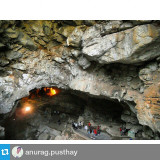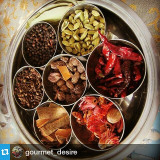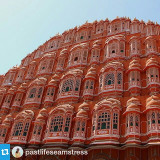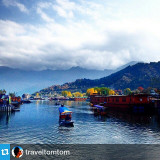Random image from our India photo collection
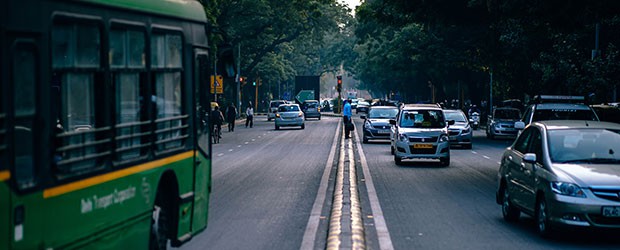
Uttaranchal
Ethnicity
Garhwal
Garhwal resembles other parts of the Himalayas where various ethnic groups live side by side. Following chiefly the agrarian-pastoral way of life, native Garhwalis make their living from the hilly land the best they can.
Some, like the Bhotia traders, migrate far and wide, although the ancient trade routes with Tibet have been closed since 1950. Most of the indigenous people like Jaunsari, Bhotia, Buksha, Tharu, and Raji are Hindus and Buddhists, while Sikh migrants from West Punjab have settled in the lowlands since 1947.
A few Muslim groups are also native to the area, although most of them have settled recently. The Muslim Gujjar herders also migrate to the hills.
Kumaon
The inhabitants of the Kumaon hills are commonly known as the Kumaonese. They belong to a predominantly patriarchal society, which recognizes the superiority of men over women. The social structure is based on the extended family system, the eldest male member being the head of the family.
Women are respected in society but they usually confine themselves to household activities. No religious ceremony is considered complete without the wife joining the husband. Women also work in the fields and forests alongside the men.
In Kumaon, bigamy or polygamy has religious sanctions but polyandry is prohibited. Widow marriage and re-marriage by divorced women is permitted except in certain sections of high-caste Brahmins and Rajputs.
Child marriage is still practiced in all classes of society despite legal restrictions on it. It has all but disappeared from the educated society.
Go back
Garhwal resembles other parts of the Himalayas where various ethnic groups live side by side. Following chiefly the agrarian-pastoral way of life, native Garhwalis make their living from the hilly land the best they can.
Some, like the Bhotia traders, migrate far and wide, although the ancient trade routes with Tibet have been closed since 1950. Most of the indigenous people like Jaunsari, Bhotia, Buksha, Tharu, and Raji are Hindus and Buddhists, while Sikh migrants from West Punjab have settled in the lowlands since 1947.
A few Muslim groups are also native to the area, although most of them have settled recently. The Muslim Gujjar herders also migrate to the hills.
Kumaon
The inhabitants of the Kumaon hills are commonly known as the Kumaonese. They belong to a predominantly patriarchal society, which recognizes the superiority of men over women. The social structure is based on the extended family system, the eldest male member being the head of the family.
Women are respected in society but they usually confine themselves to household activities. No religious ceremony is considered complete without the wife joining the husband. Women also work in the fields and forests alongside the men.
In Kumaon, bigamy or polygamy has religious sanctions but polyandry is prohibited. Widow marriage and re-marriage by divorced women is permitted except in certain sections of high-caste Brahmins and Rajputs.
Child marriage is still practiced in all classes of society despite legal restrictions on it. It has all but disappeared from the educated society.
Go back




